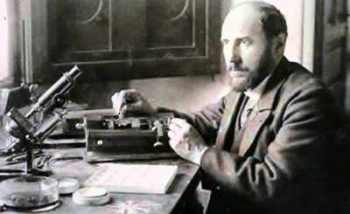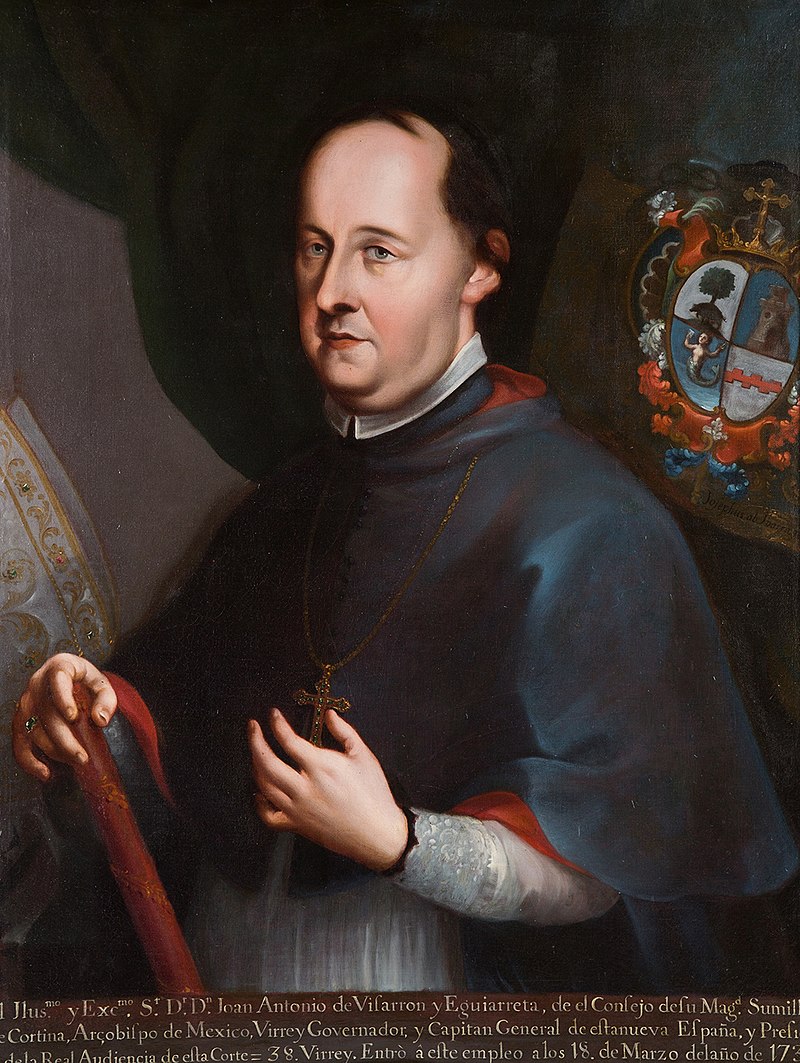September 2
Saints Days: Antolín, Hermógenes, Zenón and Raquel.
Day of the Autonomous Region of Ceuta.
1814 - The French withdraw from Barcelona in the War of Spanish Independence
1947 - Malaga, Archaeological Museum is created under the auspices of John Temboury.

1927 - The airline between Madrid, Lisbon and Seville is opened
1935 - The first Vuelta de España cycle race gets underway
1967 - Pamplona, Navarra, opens the new Estadio El Sadar.
1984 - Jordi Pujol wins an absolute majority for Convergencia I Unió in the Catalan regional elections
1994 - The ex Director General of the Guardia Civil, Luis Roldán, does a runner.
2004 - Aragón becomes the third region of Spain to recognise the right of gay couples to adopt children, after Navarra and the Basque Country
2005 - The Spanish Meteorological Office says the lack of rain has led to the worst drought in Spain for the past 60 years across the Iberian Peninsular.
Instruction judge Manuel García Castellón, charged Aguirre and her successor in the Madrid regional government, Cristina Cifuentes and called another 38 people under investigation
Births

Also, in 1736 new silver mines were discovered in Arizona, resulting in a rush of miners to the north.
In 1737 a religious prophet appeared among the Guaima and Pima Indians. This was Agustín Ascuchul, who claimed that the god Moctezuma had appeared to him and named him his prophet. He called on the Indians to follow him to a new place, to worship the god. More than 5,000 Indians abandoned their homes to follow the prophet. The governor of Sonora, Juan Bautista de Anza, interpreted this as a rebellion. He soon suppressed it and hung the prophet.
The English were still importing much contraband, and the viceroy took steps to suppress this trade. When the Armada de Barlovento (coast guard) detained four English ships on the high seas heading for New Spain, Vizarrón y Eguiarreta was on the point of breaking relations. The English sent a strong squadron to the region, but the incident was resolved diplomatically. In 1739 the English declared war on Spain and were threatening to invade Spanish possessions in the Americas. Because of the war with England, Vizarrón y Eguiarreta reinforced the garrisons at San Juan de Ulúa and Veracruz, and he sent arms, militiamen, supplies and money to the military posts in Florida, Puerto Rico, Santo Domingo and Cartagena.
He was reluctant to send aid to the Spanish in Baja California, where an uprising of Pericu Indians allied with marooned sailors had broken out. In 1734 in Baja California Pericu had killed two Jesuit missionaries, some soldiers and some friendly Indians. The Spanish and allied Christian natives took refuge in Loreto (Baja California Sur). The Jesuits in Baja asked the Viceroy to provide ships and men, but he only referred the matter to Madrid, which would cause interminable delay. It was only in 1735 when a manila galleon put in at San Jose del Cabo and was attacked and nearly looted by the rebels, that the ensuing uproar finally inspired the Viceroy to act.
He sent aid to the Capitanía General of Guatemala, where Indian uprisings had broken out. The rebels in Guatemala were armed and assisted by the English in Belize and were assaulting and robbing Spanish settlements on the coast. The viceroy also ordered a fleet of the Armada de Barlovento to the Virgin Islands to expel the Danish, but the fleet didn't reach its destination.
He continued the campaign against banditry. He sent two million pesos in silver to Spain as a contribution to the rebuilding of the Royal Palace in Madrid, which had been destroyed by fire in 1734. The Mexico City mint was completed and streets were repaired. His reform of the coinage angered the silver merchants.
He turned over civil power to Pedro de Castro y Figueroa, Duque de la Conquista in 1740, but continued as archbishop until his death in 1747. During his ecclesiastical tenure he built the archbishop's palace and the College of San Fernando. He died January 25, 1747 in Mexico City and was interred in the cathedral there.
1823 - Antolín Faraldo Asorey, writer and journalist. (d. 1853)
1891 - Santiago Salvat Espasa, editor (d. 1971)
1899 - Lluís Pericot García, archeologist (d. 1978)
1909 - Antolín Palomino, bookbinder (d. 1995)
1940 - Alejandro Rojas Marcos, lawyer and ex Mayor of Sevilla.
1947 - Pepe Rubianes, actor (d. 2009)
1964 - Santi Orúe, cartoonist.
1965 - Antonio Colomar, engineer.
1970 - Nacho Rodríguez, basketball player.
1971 - César Sánchez, footballer
1988 - Javi Martínez, footballer
1997 - Mireia Vilapuig, actress.
2007 - Sofía de Borbón, Infanta.
Deaths
1652 - José de Ribera, painter (b. 1591)
1962 - José Gascón y Marín, politician (b. 1875)
2000 - Vicente Asensi, footballer (b. 1919)
2002 - Tomás Zori, comic.
2004 - Joan Oró, scientist.
2007 - Diego Cháfer, cyclist (b. 1913)
